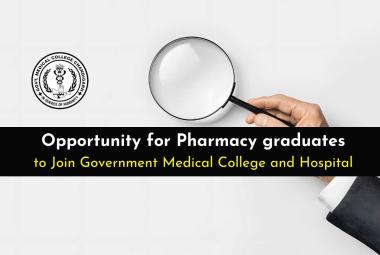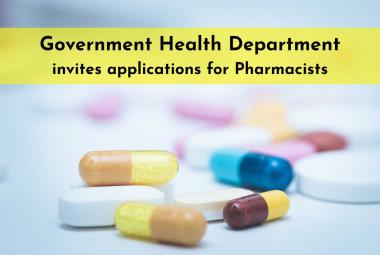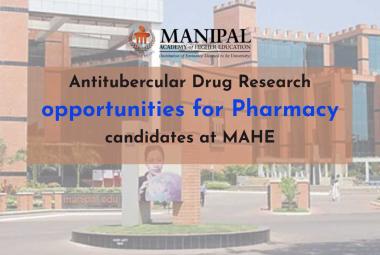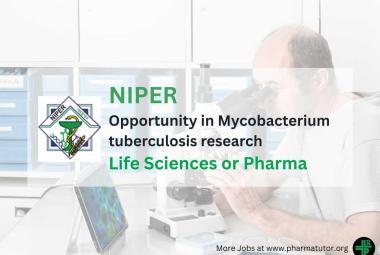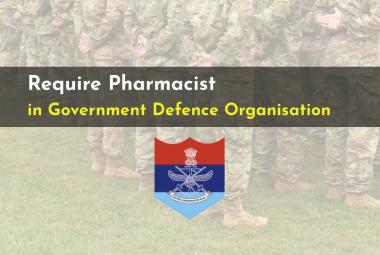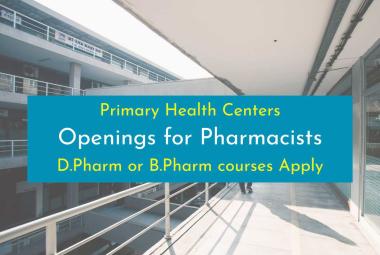The addition of a glucagonlike peptide-1 (GLP-1) agonist in patients with inadequate glycemic control when treated with metformin alone resulted in significantly larger reductions in HbA1c levels when compared with the addition of a dipeptidyl peptidase-4 (DPP-4) inhibitor, a new study has shown.
In the study, published in the April 24, 2010 issue of the Lancet, investigators, led by Dr Richard Pratley (University of Vermont College of Medicine, Burlington), report that liraglutide (Victoza, Novo Nordisk) was superior to sitagliptin (Januvia, Merck) for glycemic control in metformin-treated diabetic patients and resulted in greater reductions in body weight.
[adsense:336x280:8701650588]
"In accordance with the consensus algorithm for the treatment of type 2 diabetes mellitus by the American Diabetes Association and the European Association for the Study of Diabetes, our results support the use of liraglutide to achieve glycemic goals in patients with inadequate control on metformin," write the researchers.
In an editorial accompanying the published study, Drs André Scheen and Régis Radermecker (University of Liège, Belgium) write that the "superiority of liraglutide vs sitagliptin for blood glucose control and weight reduction was probably due to increased circulating concentrations of the GLP-1 agonist, leading to different pharmacological effects, as shown with exenatide [Byetta, Amylin Pharmaceuticals]."
The study, a parallel-group, open-label trial design, included 225 patients randomized to 1.2 mg of liraglutide and 221 patients randomized to 1.8 mg of liraglutide, both injected subcutaneously once daily, and 219 patients randomized to 100-mg oral sitagliptin once daily.
At baseline, HbA1c levels were 8.5% in the sitagliptin-treated patients and 8.4% in both arms of the liraglutide-treated patients. After 26 weeks of treatment, treatment with liraglutide resulted in significantly greater lowering of mean HbA1c levels, the study's primary end point. For those treated with sitagliptin, HbA1c levels were reduced 0.90%, while those treated with the 1.2-mg and 1.8-mg doses of liraglutide experienced a 1.24% and 1.5% reduction, respectively, in HbA1c levels.
Significant Reduction in Hba1c With Liraglutide
The US Food and Drug Administration approved the liraglutide injection for the treatment of type 2 diabetes in adults in January 2010. The new treatment is indicated in conjunction with diet and exercise to improve blood sugar control in patients with type 2 diabetes failing first-line therapy. It can be prescribed as monotherapy or in combination with other oral antidiabetic medications.
To heartwire , Pratley said the observed reduction in HbA1c is clinically meaningful, noting that sitagliptin was approved because it reduced HbA1c levels 0.6% compared with placebo. Moreover, the United Kingdom Prospective Diabetes Study (UKPDS) investigators showed that a 1% reduction in HbA1c levels was associated with a 37% decreased risk of microvascular complications and a 21% decreased risk of death related to diabetes.
Pratley said that sitagliptin is a "good drug," one that he uses regularly in clinical practice. It is efficacious and well tolerated, but the efficacy is limited in that it increases endogenous GLP-1. Liraglutide, on the other hand, is a human GLP-1 analog that increases pharmacological levels of GLP-1 activity and in major studies has been shown to be superior to oral agents, including exenatide and sulfonylureas. It also suppresses glucagon secretion, delays gastric emptying, and decreases food intake, which results in weight loss. Both sitagliptin and liraglutide have low rates of hypoglycemia, he added, but liraglutide tends to cause nausea, although it is usually mild and short-lived in most patients.
In their editorial, Scheen and Radermecker note that this study shows the 1.8-mg dose to be superior to the 1.2-mg dose of liraglutide, but this finding has not been observed in all clinical trials. They recommend starting with the 1.2-mg dose and uptitrating to the 1.8-mg dose if target HbA1c levels are not reached. They add that gastrointestinal tolerance is also better with the 1.2-mg dose and that sitagliptin does not cause nausea. Patient tolerance and cost of the drugs need to be balanced with the benefit provided by weight reduction and improved glycemic control, write the editorialists.
Pratley said the present study is relatively short and further studies are needed to address the long-term efficacy of the liraglutide vs sitagliptin. Ongoing clinical trials, such as the 12 000-patient LEADERS study with liraglutide, are examining hard clinical end points, including cardiovascular end points. Previous studies, he said, met the newest FDA requirements showing the drug did not increase the risk of cardiovascular events.
The study was sponsored by Novo Nordisk. Pratley's institution has received research grants from Eli Lilly, GlaxoSmithKline, Mannkind, Merck, Novartis, Novo Nordisk, Pfizer, Roche, Sanofi-Aventis, and Takeda. Pratley has received consultant fees and honoraria from AstraZeneca, Bristol-Myers Squibb, Eisai, GlaxoSmithKline, Glenmark, Merck, Novartis, Novo Nordisk, Roche, and Takeda. He holds stock in Novartis. Scheen and his institution have received consulting fees from Sanofi-Aventis, AstraZeneca, Bristol-Myers Squibb, Eli Lilly, GlaxoSmithKline, Merck, Novo Nordisk, Sanofi-Aventis, and Novartis. Radermecker has received honoraria from Novo Nordisk, Novartis, AstraZeneca, Bristol-Myers Squibb, Eli Lilly, GlaxoSmithKline, Merck, Sanofi-Aventis, and Takeda.



